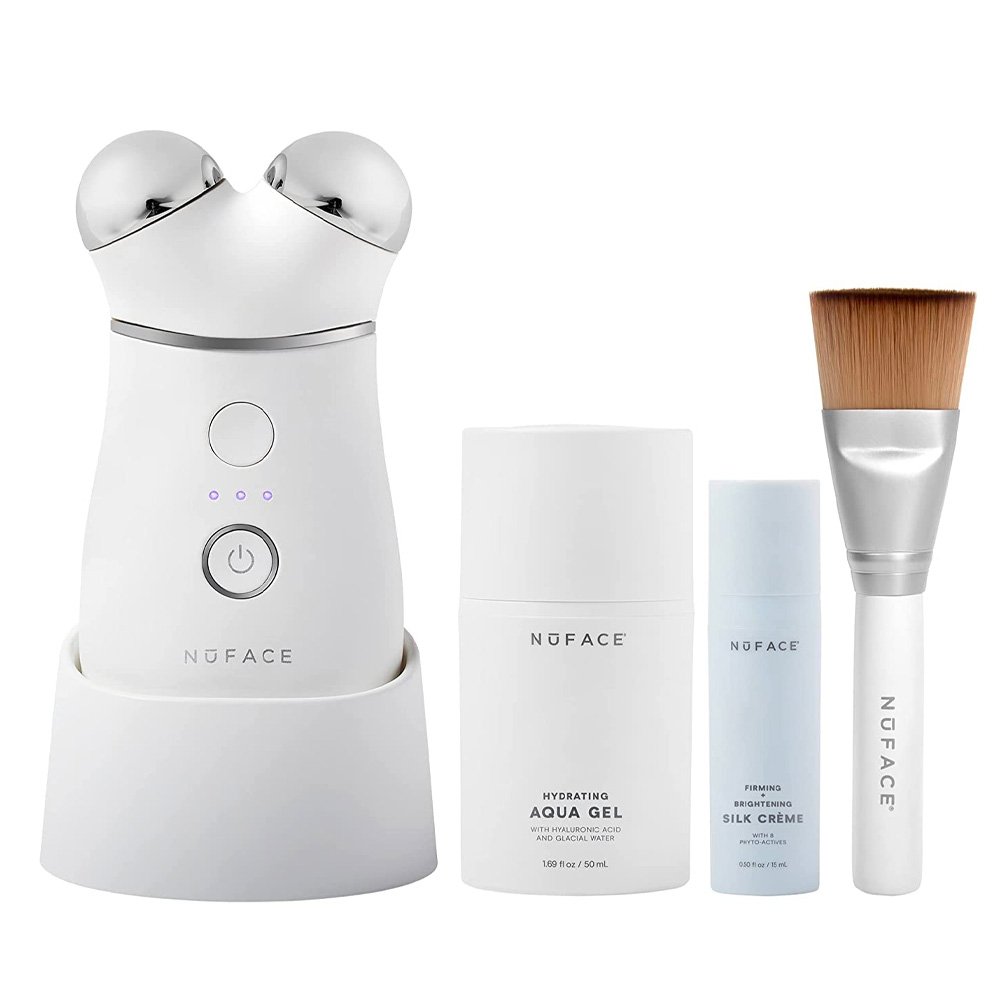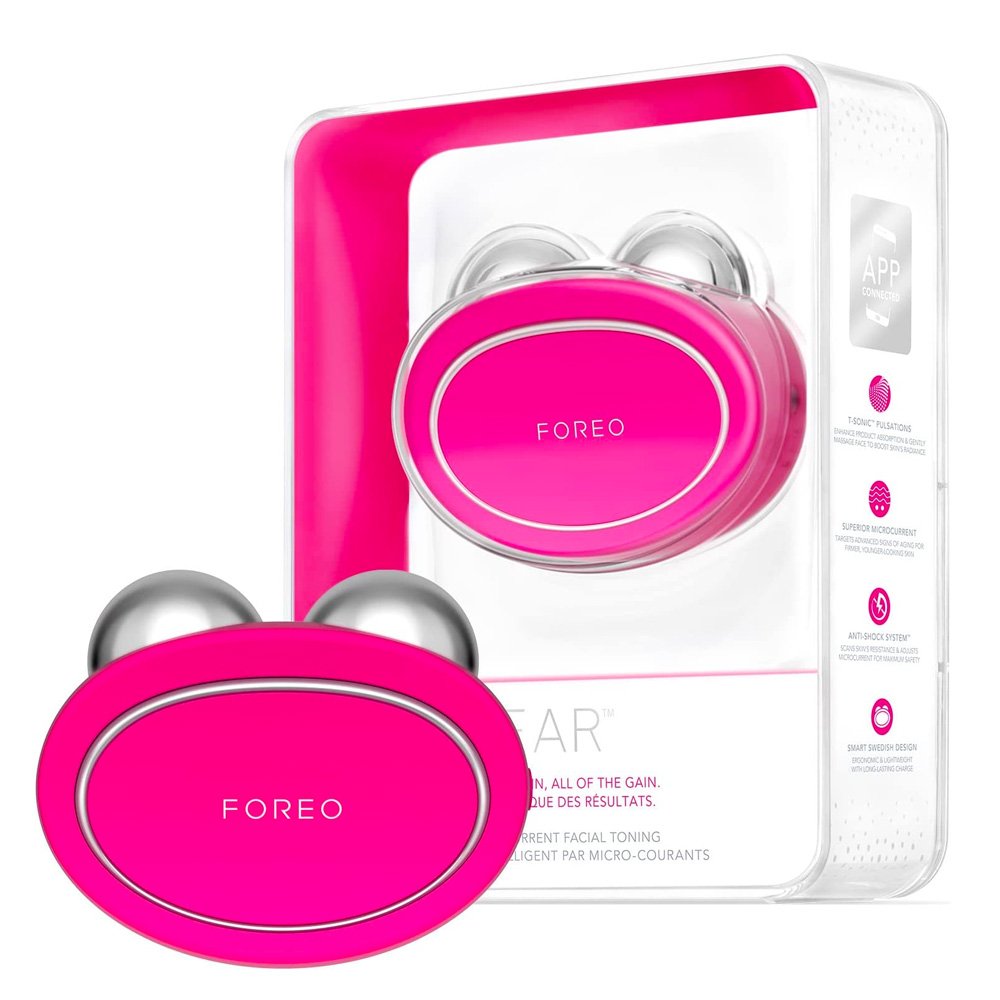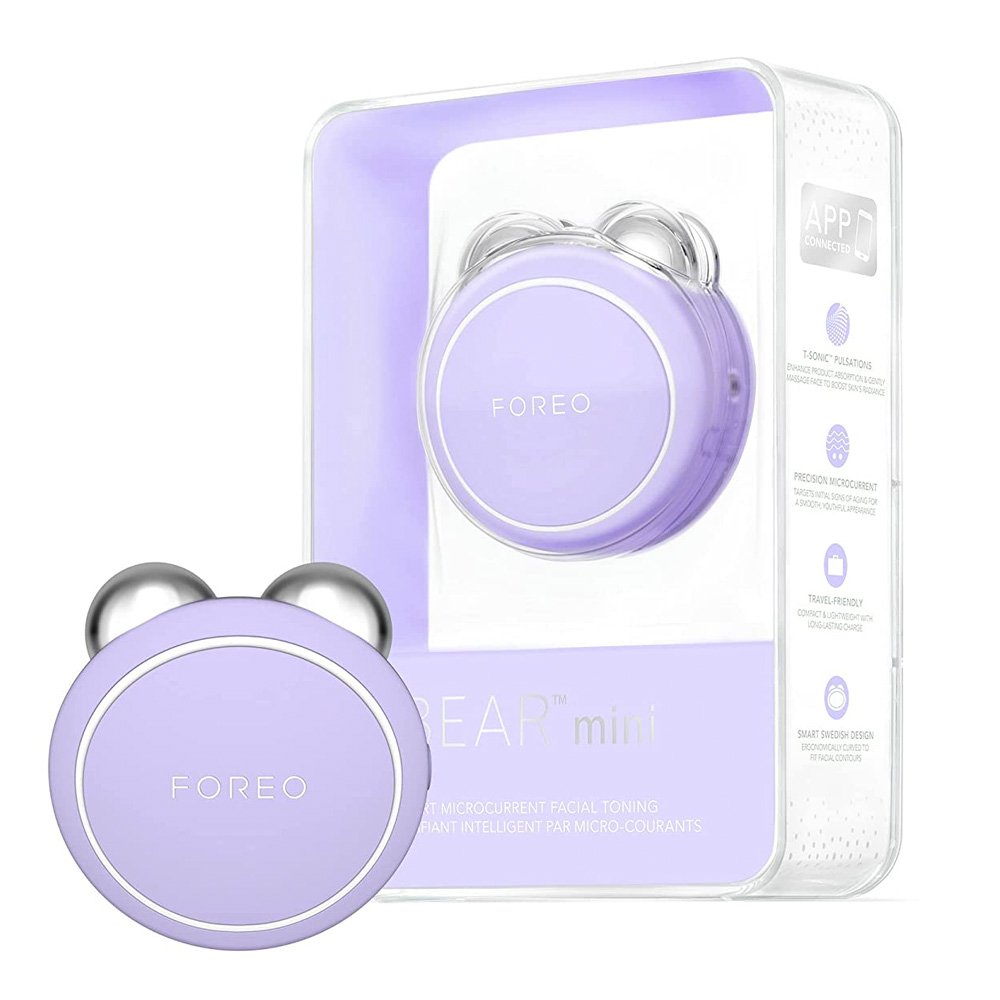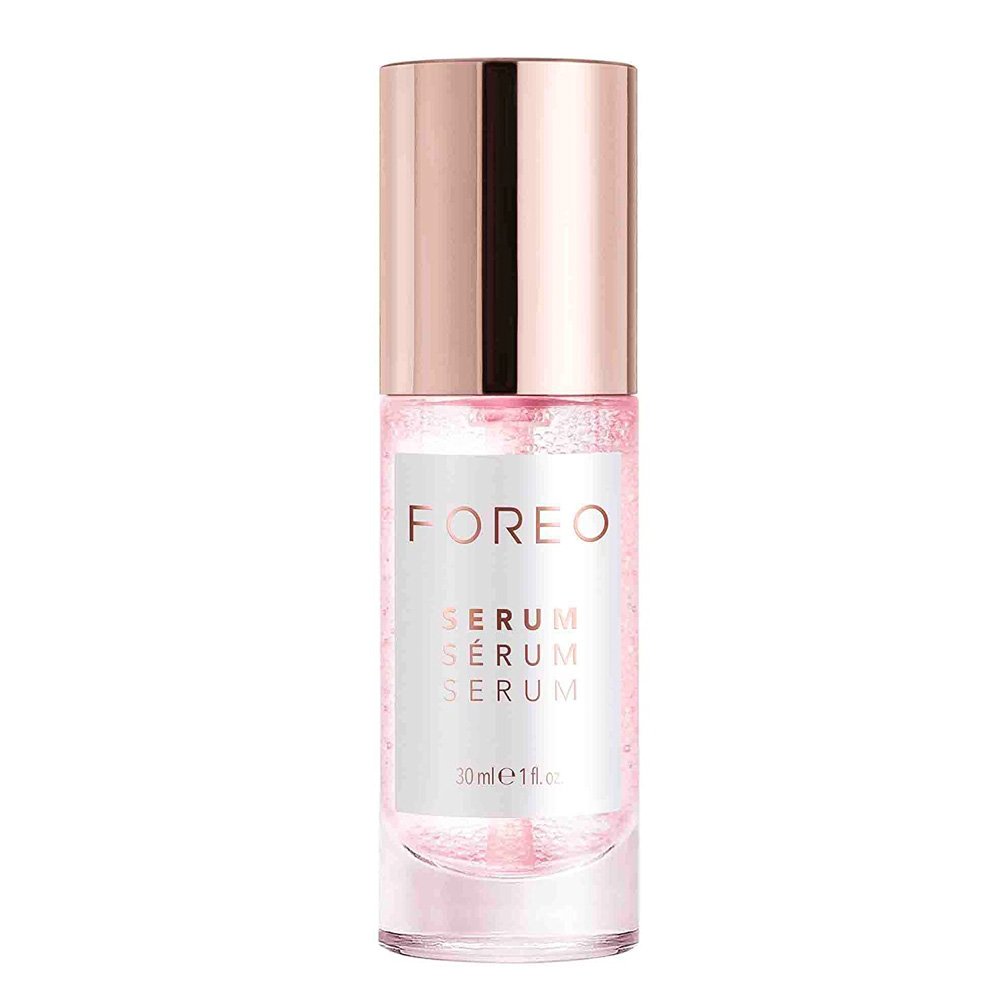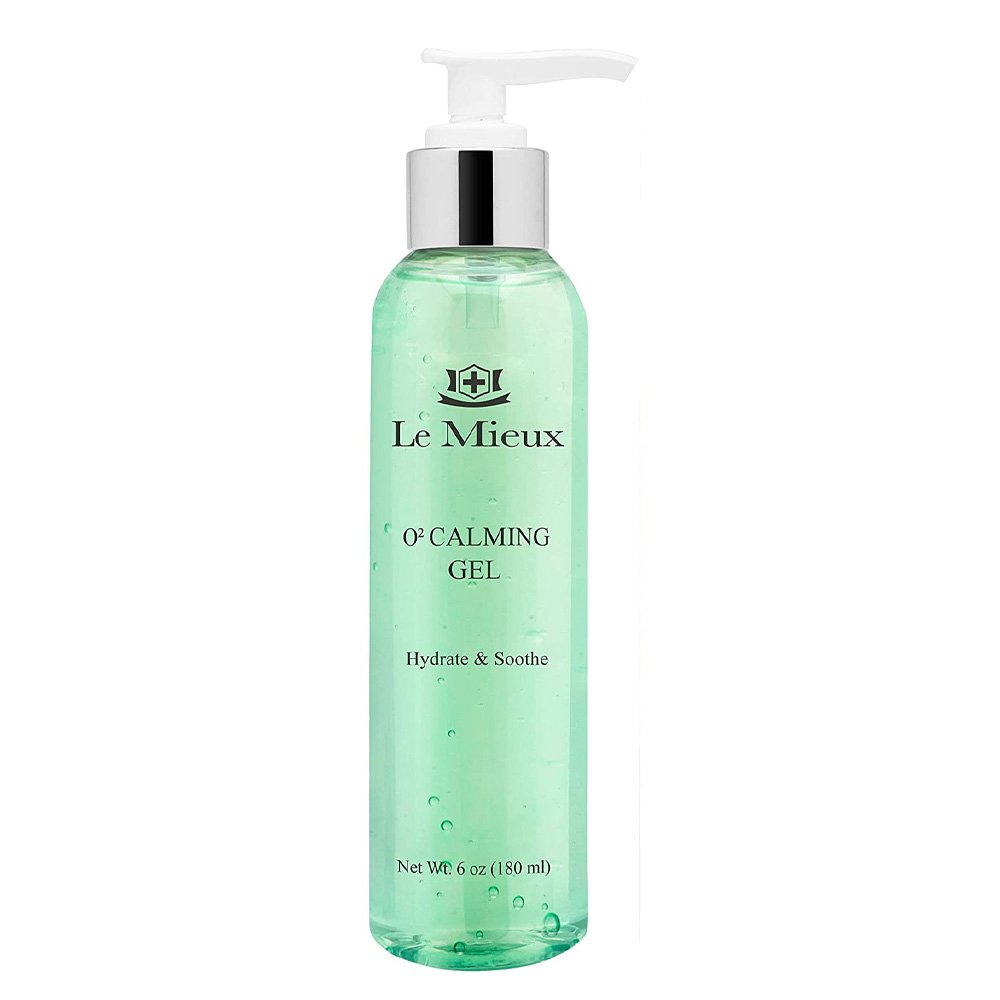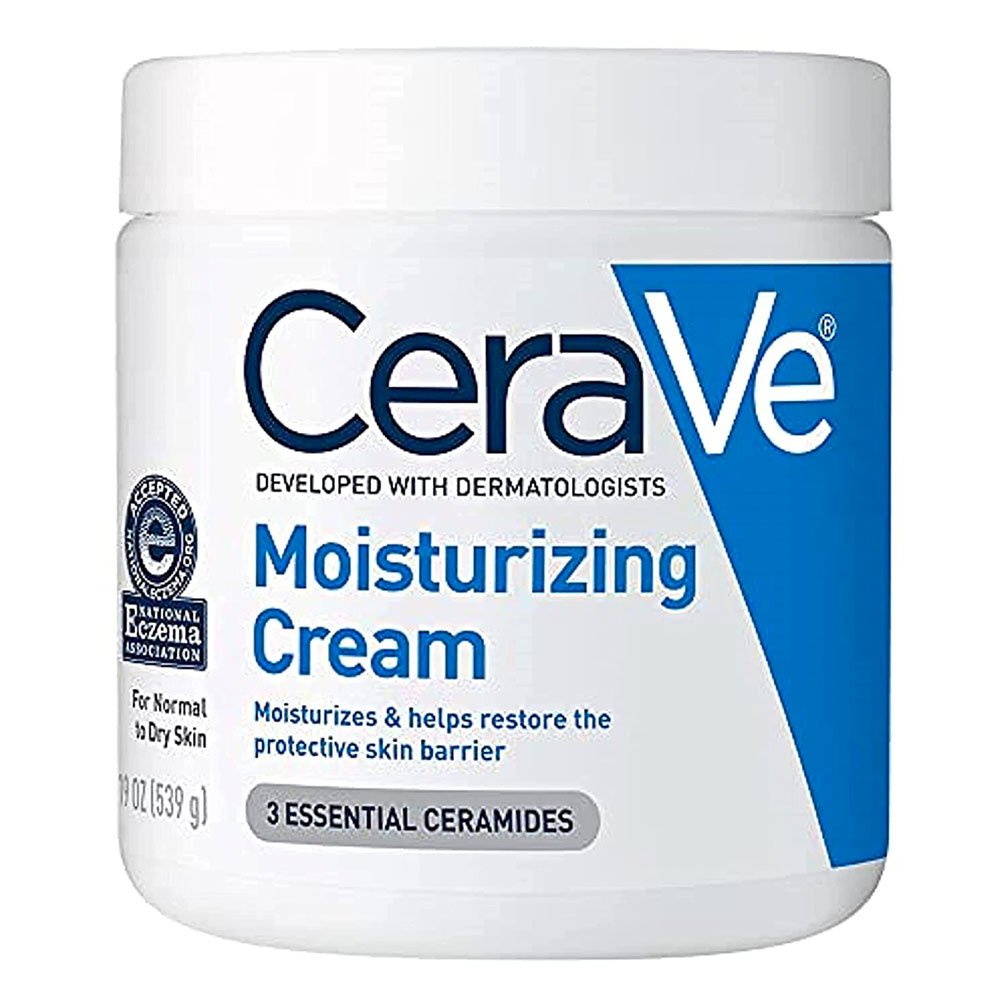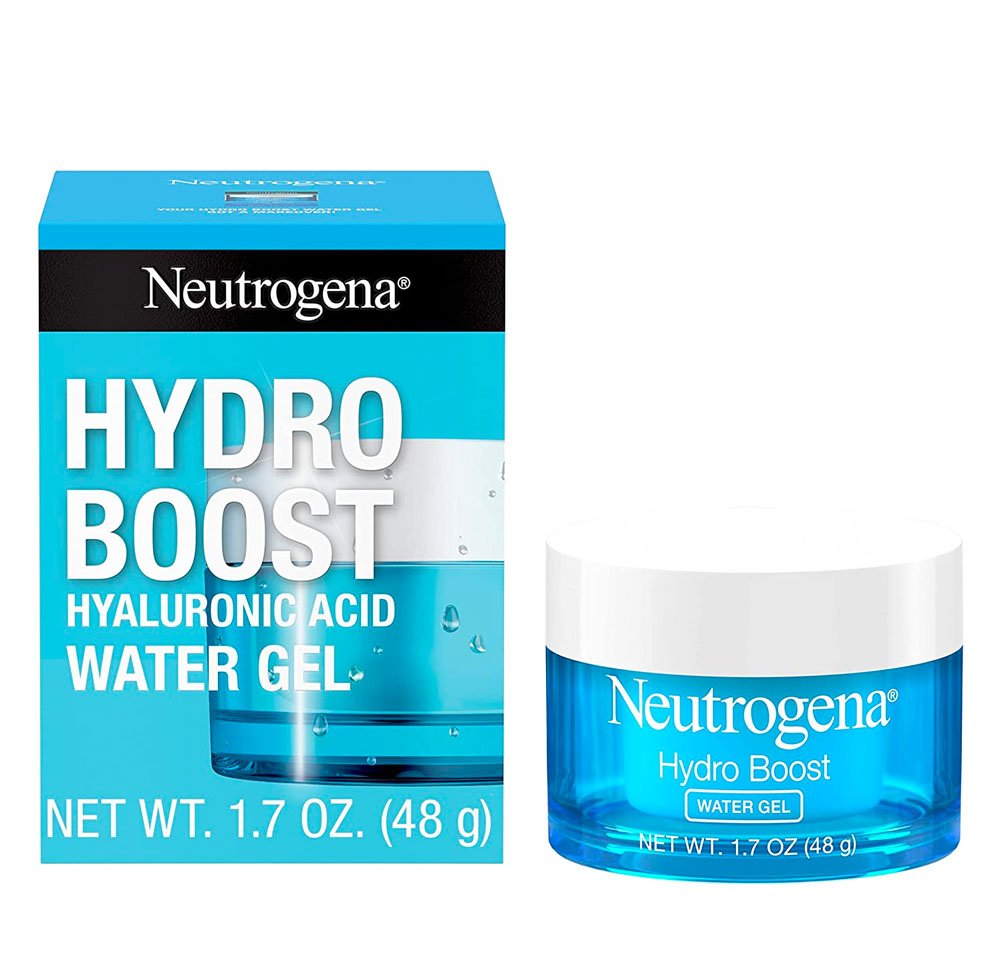The Ultimate Guide to the Microcurrent Facial
If you want to learn all about the microcurrent facial, how it works, how to do it at home, and how much it costs – you’re at the right place! Keep on reading to find answers to all your microcurrent questions!
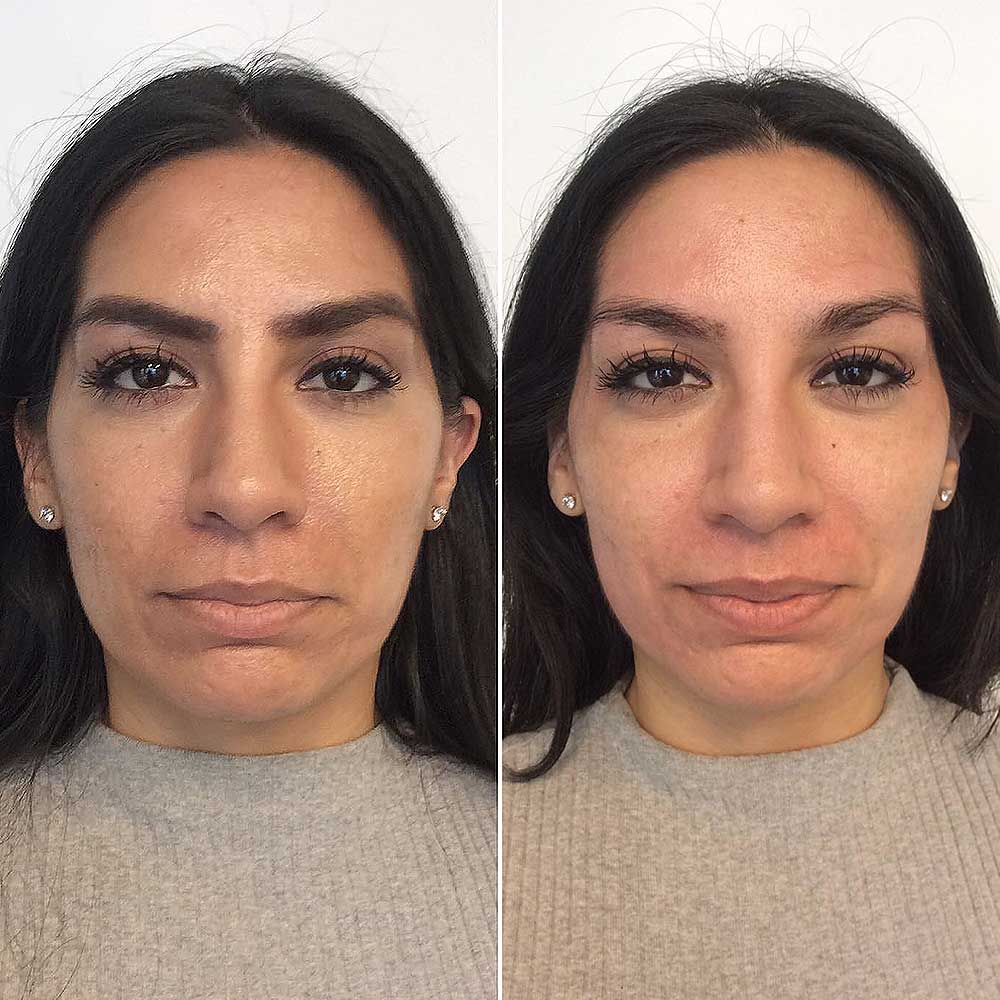
Image source : PMUhub
This non-invasive, simple yet effective treatment is a popular alternative to intense procedures and cosmetic surgery. It works especially well if the imperfections you’re trying to fix aren’t drastic and don’t require too much work. This is also why it’s a very popular at-home solution.
If you want to find out how it works and how you can do it yourself, scroll down!
What Is the Microcurrent Facial Treatment?
The microcurrent facial is a treatment during which small amounts of electrical energy are used to stimulate the skin and facial muscles.
Research suggests that this kind of therapy can contribute to increasing skin firmness and rejuvenate the skin, although results are not as dramatic as with, for example, a facelift.
The results you get are a more sculpted and toned face, giving a more contoured look without the need to see a plastic surgeon. The effects are so similar, that the microcurrent has even been dubbed ‘the non-invasive facelift’ and ‘the gym workout for your face’.
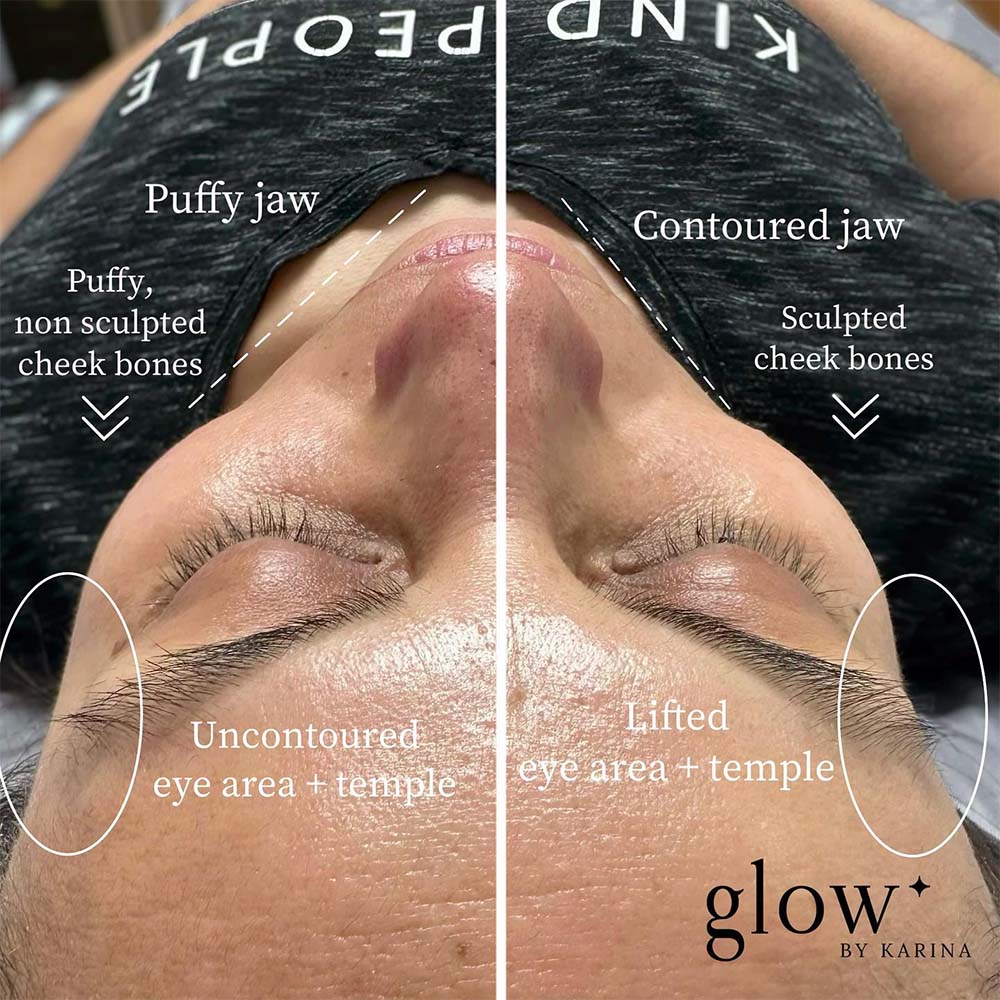
How Does the Microcurrent Treatment Work?
The tool dispels a very weak current and shocks the muscles of your face.
The energy induces a barely noticeable twitch in the muscle and boosts the production of ATP, or Adenosine triphosphate. ATP stimulates structural proteins – elastin and collagen – which are what your body uses to build muscle.
This is why the microcurrent facial is compared to a workout!
Even though it’s non-invasive and non-painful, the tiny zap still triggers your body’s natural tissue repair process. This causes your cells to release skin-enhancing chemicals they naturally produce, furthering the production of collagen.
This process repairs damaged skin, giving it a rejuvenated and more even look.
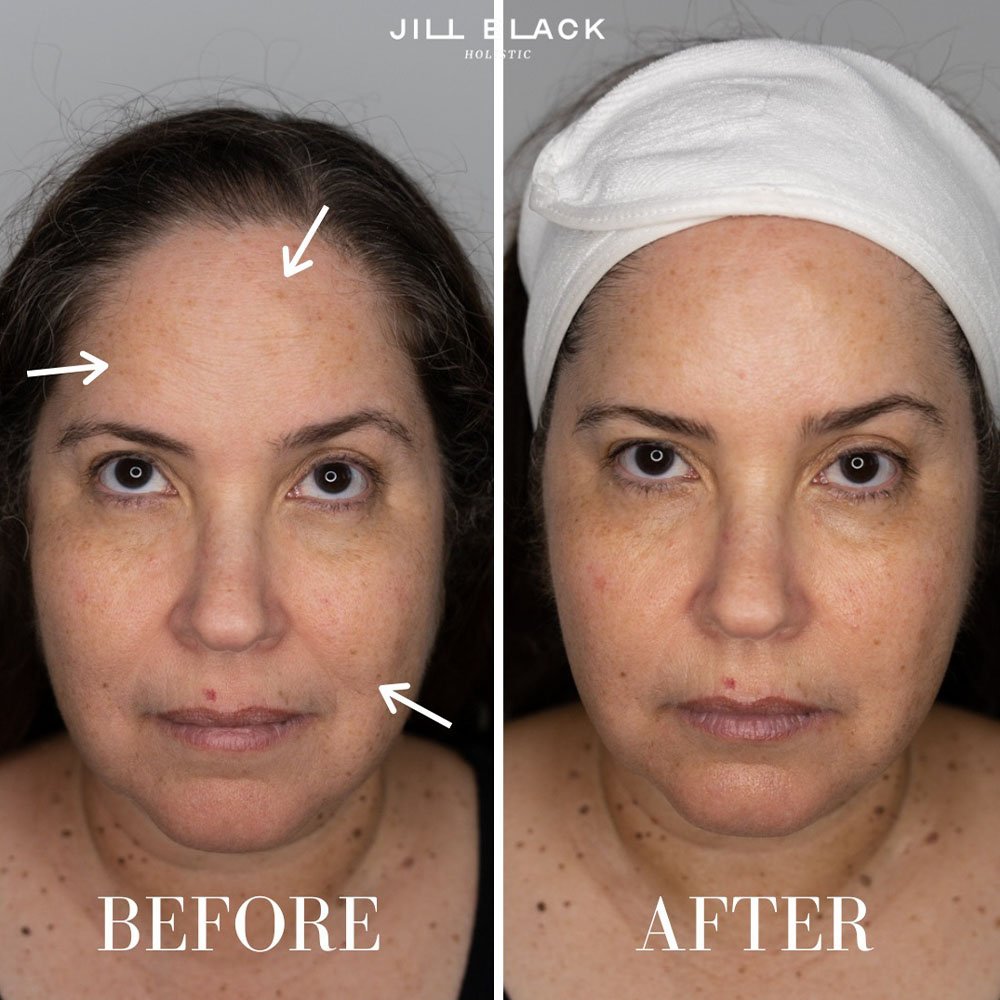
What Does the Microcurrent Treatment Look Like?
Although the microcurrent facial is a treatment you can do at home (more on that later), it’s still available at many salons. It’s usually done by a dermatologist, but, with the right tools, there’s no need for any special training and expertise for it to be successful.
The first thing you or your chosen therapist will do is wash your face. To save time, it’s best to show up to the appointment without any makeup or skincare products on.
Then, it’s time to apply the conductive gel. This is an electrolyte product that helps the current pass into your skin more effectively. This usually feels like a nice, cooling serum.
After that, the therapist will use the electrical device to massage your face in upwards motions. The targeted areas are usually the jaw, brows, cheekbones, and under the eyes. Sometimes, certain spots will need more attention, so the therapist might pause there.
It feels like using a roller, but you’ll feel your muscles gently contracting. This won’t cause any pain, although your muscles might twitch here and there, but don’t worry – it’s a normal part of the treatment.
If you’re getting this done by a professional, the treatment will end with a massage, removing the gel, and possibly addressing other skin concerns you have. In total, it should last less than 30 minutes.
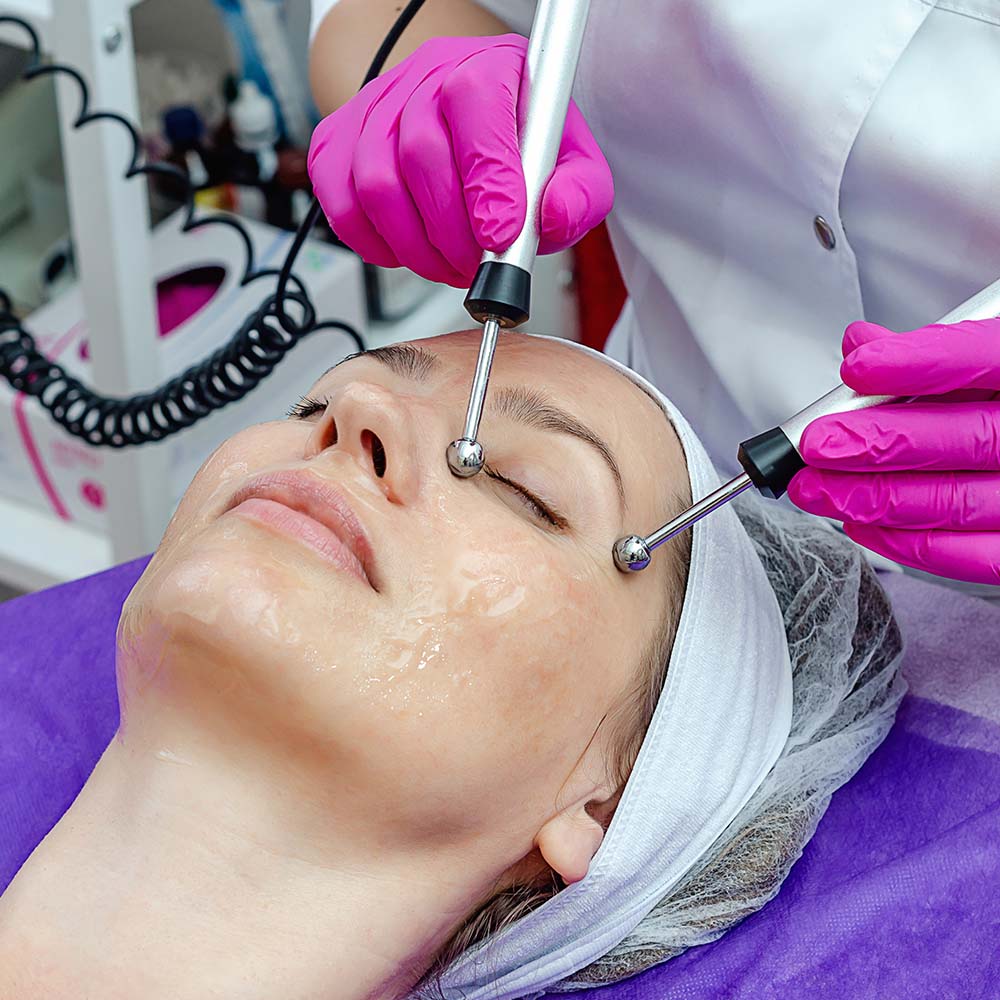
At Home Microcurrent Facials
The microcurrent facial treatment is really simple – nothing more than a facial massage, except it includes a little bit of electricity.
If you choose to do a microcurrent facial at home, we suggest you start by doing research into whether there’s anything that could cause the facial not to work, or even put you in harm’s way – check the section about contraindications down below.
Ultimately, it all boils down to following the steps a professional would take: wash, gel, massage, and clean.
The device is basically impossible to overuse, so there’s not a lot you can do wrong. Just keep in mind that, if you have rosacea, break out easily, or generally have sensitive skin, you should keep the machine on the lowest setting.
Choosing a Microcurrent Device
If you’re set on performing this treatment at home, you can start looking for a good microcurrent facial massager. Here’s a couple of our picks:
NuFACE Trinity Starter Kit
We can’t talk about microcurrent devices without mentioning NuFACE which has been dominating the market for the past few years.
Their Trinity kit gives you the massager with 3 different settings which you can choose from depending on what you want to achieve. It also comes with an app with tutorials and a progress-tracking system!
PROS
- Most users claim it works
- The kit is very practical
- Users say that the app is useful
CONS
- It’s an investment
FOREO Bear & Bear Mini
On the other hand, if you’re new to the microcurrent game and just want to experiment, the skin-tech giant Foreo offers a slightly cheaper option – the Bear. This was the first microcurrent facial massager with an anti-shock system to be cleared by the FDA.
This one has 5 different intensity levels, so you can figure out what works best for you. Or, you can get the adorable mini version, which is even cheaper, but has fewer intensity levels.
Either way, the device works best when paired with an app on your phone, which helps you perform the treatment right.
It’s also waterproof, and features an anti-shock system for comfortable use
PROS
- FDA-cleared
- Relatively affordable
- 5 intensity levels
- Anti-shock system
CONS
- Some reviews say that the app isn’t that great
PROS
- FDA-cleared
- Affordable
- Compact & cute
- Anti-shock system
CONS
- Only has 3 intensity levels
- Some reviews say that the app isn’t that great
Best Conductive Gel for Microcurrent
Before you start the therapy and enjoy your new sculpted jawline, you’ll need to find a good conductive gel. Some devices come in kits that already provide these gels, but not everyone’s a fan of the gel texture, and you’ll eventually run out.
If that’s the case, here are our top picks!
Foreo Serum
The Foreo serum has a very lightweight texture, so it’s a great choice for anyone who’s not a fan of gels and creams. It also has hyaluronic acid and is safe for all skin types.
PROS
- Lightweight
- Contains great hydrating ingredients
CONS
- Not exactly cheap
Le Mieux O2 Calming Gel
The Le Mieux calming gel is a great fit for anyone looking to prevent irritation during their microcurrent sessions. It’s not only great as a conductor but also has soothing properties thanks to the aloe leaf extract. This one’s a good option as an aftercare product, too!
PROS
- Lightweight
- Contains great hydrating ingredients
CONS
- Not exactly cheap
Microcurrent Facial Benefits
The number one benefit of microcurrent facials, and the reason behind their popularity, is that it stimulates facial muscles. This leads to a tighter and more sculpted appearance. It also rejuvenates the skin and gives you that fresh, post-facial glow!
Microcurrent stimulation also improves blood circulation. This is another way this treatment makes the skin look younger and gives it a plumper look, which is why it is also commonly used on the lips.
On top of that, research suggests that this may also have certain health benefits. For example, better blood circulation has been linked to speeding up wound-healing processes that could help with acne.
A 2019 study also found that daily exposure to microcurrent therapy can help in relieving the pain from congestion for up to 6 hours, and has long-term effects after 4 weeks of usage!
Microcurrent Facial Cost
If you decide to go the professional way and want to book a microcurrent appointment, you can expect it to set you back about $1000, if you take into account that you need 6-12 sessions to see results.
However, the pricing depends on your location, so here’s a rundown of how much it costs per session:
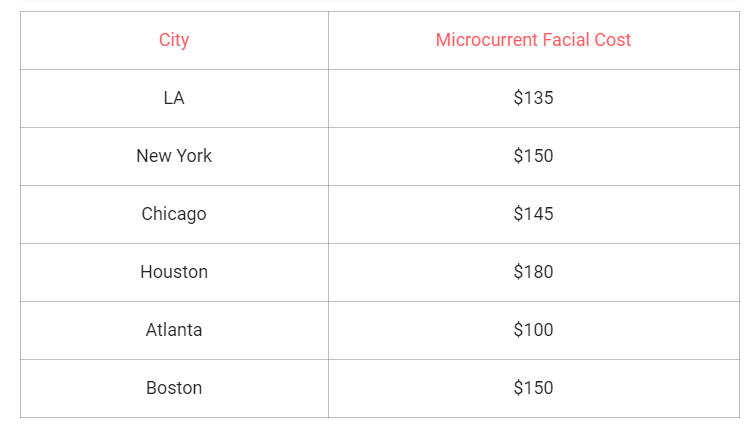
If you compare the price of a device to the price of a few sessions, you’ll quickly realize that buying a microcurrent facial massager that has the typical 2-year warranty is the more economical option.
Still, if you’re unsure of whether you’re not a good candidate or aren’t sure microcurrent will work for you, it’s best to invest in a professional treatment.
Microcurrent Facial Contraindications
Although micro current therapy is non-invasive, you should avoid it if you:
- Have a heart condition and/or wear a pacemaker,
- Have severe acne (this can be worked around – it’s best to consult a professional first),
- Are pregnant,
- Have fillers or Botox that haven’t settled yet,
- Have metal plates or pins,
- Are suffering from epilepsy, thrombosis, diabetes, or have had cancer within the past 2 years.
Book a consultation with a professional even if you plan on doing the treatment at home if you have any questions whatsoever, or think your situation is an exception to these contraindications – it’s best to be on the safe side.
Microcurrent Facial Risks & Side Effects
When it comes to risks linked to microcurrent treatments, there’s not a lot to talk about if you’re certain that you’re eligible to use the device (i.e., you don’t have underlying heart conditions, aren’t pregnant, and haven’t had any metal medical aides installed).
There’s not a lot that can go wrong if you use the device correctly since the voltage isn’t high enough to cause any harm.
Read the instructions carefully or consult a professional prior to usage. Also, check if the device you’re buying has been tested, and don’t go for shady brands.
The side effects of microcurrent therapy are possible, but short-lived. During the treatment, you’ll experience tingling, tiny contractions, or even twitching in the facial muscles, but that is to be expected.
Afterward, your skin may feel irritated, sensitive, or dry. This is easily treatable with any moisturizer – sometimes, even the conducting gel will be enough. Other side effects may include drowsiness and dizziness.
If any of these persist or get too severe, contact a medical professional.
Extra Things to Keep in Mind:
What sets the microcurrent facial apart from so many other, similar treatments, is that it works the same on any skin type since the main target isn’t your skin, but the muscles underneath it.
Still, there are a few things to keep in mind:
- Remove all jewelry,
- Pause your retinol and retinoid usage 5-7 days before doing a microcurrent facial,
- Exfoliate 3 days before,
- Don’t strip the skin or use masks 7 days prior,
- Consult a professional if you’ve had any plastic surgery,
- The current may mess up fresh Botox or fillers – wait a couple of weeks
Microcurrent Facial Recovery & Aftercare
The recovery process for microcurrent treatments is basically non-existent.
You can do this every day, and will probably see only some mild redness due to the blood circulation improvements. Just wait for the redness to go away, and you’ll be fine. If you’re in a rush, you can wash your face with cold water and a mild cleansing gel to speed up the process.
If you’re doing this at home, remember to clean the device as well – wiping it with a wet washcloth is enough.
Your aftercare routine should be pretty simple. Since retinol and retinoids don’t go well with microcurrent treatment, avoid using them if you plan on repeating the treatment in the following 5-7 days.
You shouldn’t apply makeup directly onto that area immediately after the treatment.
After you’re done with the massage, wash the conducting gel off your face, and apply a soothing moisturizer to help diminish the redness and irritation.
Here’s what we recommend:
Microcurrent Facials and Other Treatments
Although you should wait at least 2 weeks before doing microcurrent therapy after Botox, the two work quite well together. The electrical energy can move fillers around if they haven’t settled yet, but after that, there’s no reason to avoid microcurrent treatments.
You can also use microcurrent in conjunction with other skin-rejuvenating treatments, such as microneedling to get more visible results.
Similarly, red LED light therapy also works well in combination with microcurrents, but use the light before and not directly after the electrical treatment.
Microcurrent Facial – Main Takeaways
In short, microcurrent facials are safe, non-invasive, DIY-friendly treatments that give you great results. As long as you make sure you’re eligible for the treatment and find a tested and approved device, there’s not much that can go wrong.
Just to be safe, you can still consult a dermatologist before committing to buying a device or booking your first appointment.
weekly insight into PMU insdustry
Subscribe to our FREE newsletter. 100% good stuff.

support us so we can keep providing you with free education , information and inspiration.

